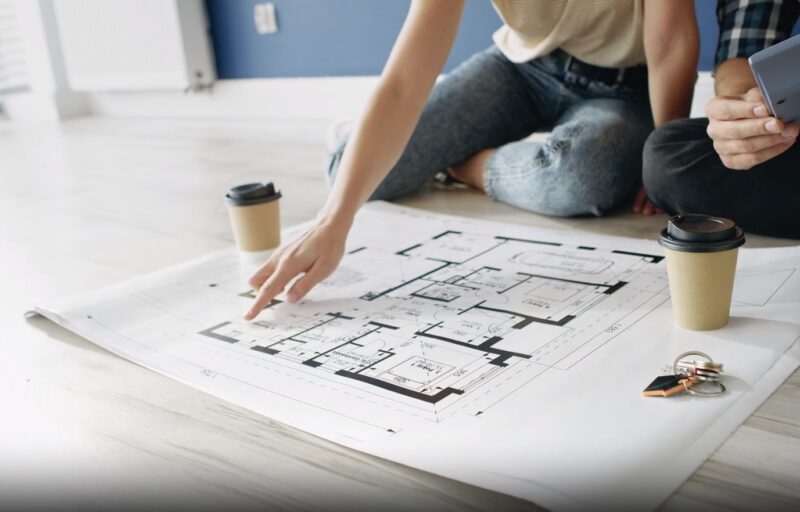Knowing a home’s square footage is crucial, serving as a cornerstone for setting asking prices, conducting property appraisals, and executing mortgage-related transactions. This guide aims to demystify the process of calculating, ensuring homeowners and buyers can navigate the complexities of real estate with confidence.
Key Takeaways
- Square Footage as a Value Indicator: The square footage of a home is a critical factor in determining its market value, influencing asking prices, appraisals, and mortgage transactions. This reflects a home’s livable space and has evolved significantly over the years, with the average home size increasing from 983 square feet in the 1950s to 2,261 square feet in 2020.
- Measurement Preparation: Accurate calculation begins with proper preparation, requiring tools such as a tape measure, paper, pencil, and calculator. It’s essential to understand which areas of the home count towards square footage, focusing on livable spaces and excluding areas like basements and garages unless they meet specific conditions.
- Calculation Process: The process involves measuring the length and width of each room to calculate its area in square feet. For rooms with complex layouts, dividing the space into manageable sections for calculation can ensure accuracy.
- Special Considerations: When calculating square footage, certain areas like finished attics may be included if they meet local regulations, while finished basements are typically counted separately. It’s important to exclude spaces that don’t qualify as habitable to avoid overestimation.
- Professional Appraisal: For unparalleled precision or properties with intricate designs, hiring a professional appraiser is recommended. With an average cost of $350 for a single-family home appraisal and an expected accuracy variance of only 1 to 3 percent, this investment can provide peace of mind in real estate transactions.
- Dealing with Discrepancies: Homeowners should address any discrepancies in square footage between property listings and actual measurements by verifying the figures independently or through a professional.
Why Does Every Square Foot Matter?
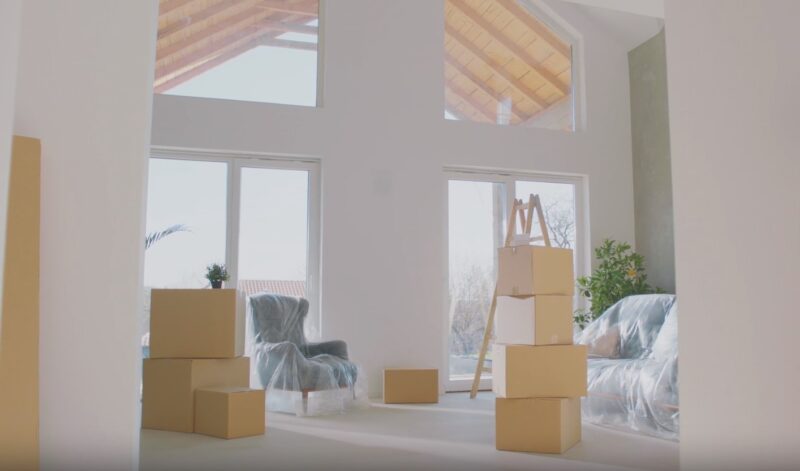
Square footage quantifies the livable space within a property, influencing its market value significantly. From the 1950s’s modest average of 983 square feet to 2020’s expansive 2,261 square feet, homes have evolved, reflecting changing lifestyle needs and economic conditions.
This growth underscores square footage’s pivotal role in real estate.
Getting Ready to Measure
Before measuring, gather essentials: a tape measure, paper, pencil, and calculator. It’s important to know what counts towards square footage.
Livable spaces are in; however, non-usable areas like basements, garages, and rooms with ceilings below seven feet are out. This distinction ensures accuracy in your calculations.
Measuring Process
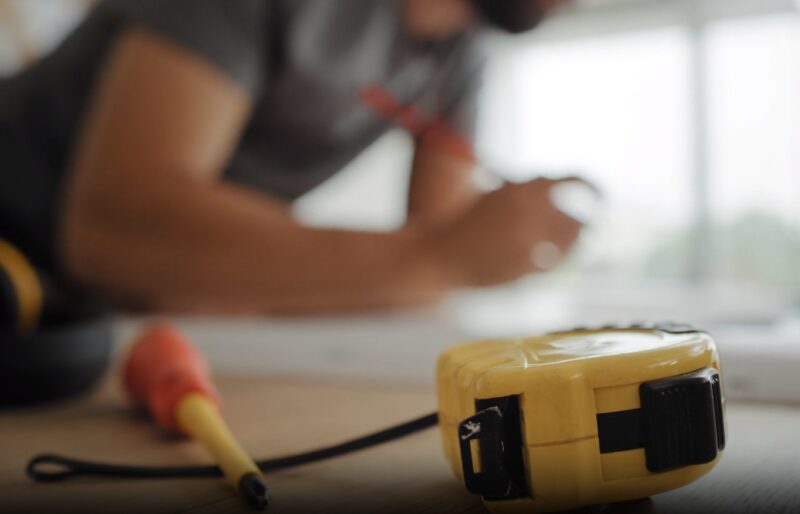
To calculate the area of each room, measure its length and width and then multiply these dimensions. Accuracy is paramount, so it’s crucial to use feet as the standard unit of measurement across all rooms to ensure uniformity in the calculation process.
Complex Layouts
Dealing with rooms that have unusual shapes requires a segmented approach: divide the space into manageable, regular shapes, calculate each area individually, and then sum these figures to derive the total square footage for that room.
Special Considerations
Certain areas of the home, like finished attics, may be included in the total square footage if they meet specific local regulations. Conversely, finished basements, though valuable, are typically recorded separately from the main living area.
To prevent overestimation, it’s important to meticulously exclude spaces that do not qualify as habitable according to the guidelines.
When to Call a Professional?
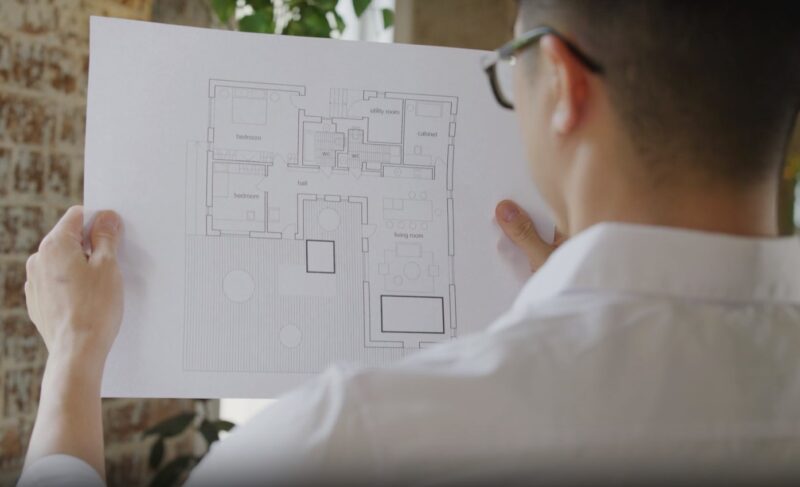
When the goal is unmatched precision or when dealing with properties of complex layouts, engaging a professional appraiser becomes essential. These experts, charging an average of $350 for evaluating a single-family home, specialize in minimizing errors, usually maintaining a variance of only 1 to 3 percent.
This small margin of error provides significant reassurance in any transaction, be it buying, selling, or refinancing, guaranteeing that all parties have a clear and accurate understanding of the property’s value.
Avoiding Common Mistakes
Mistakes in documenting a home’s square footage can have far-reaching consequences, from inflated property taxes to substantial losses in property value. The cornerstone of avoiding such errors lies in a clear grasp of what defines habitable space and the methodology of its measurement.
This knowledge is crucial, impacting not only financial outcomes but also the legal standing of property ownership. By adhering to standardized measurement practices, homeowners can protect themselves against common pitfalls that plague the real estate industry.
Using Information
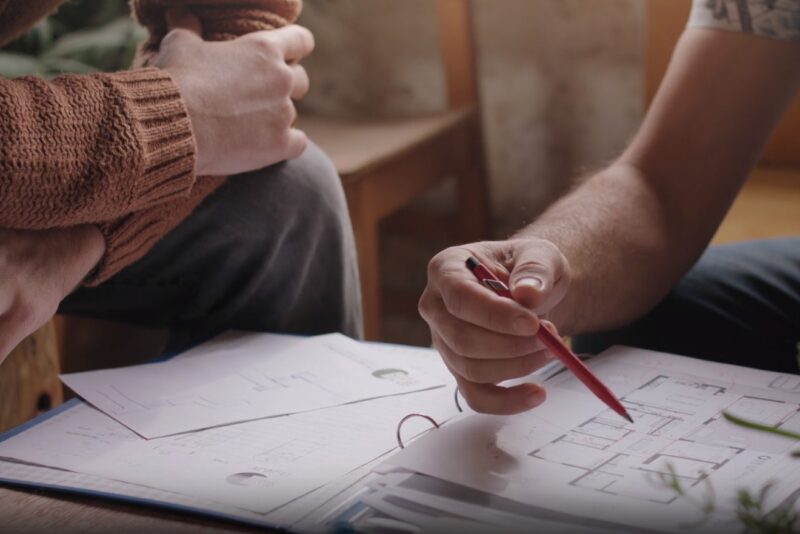
Square footage goes beyond its basic numerical value, influencing a wide range of real estate decisions. It’s a pivotal factor in transaction negotiations, comparative market analysis, and planning for renovations or expansions.
However, the significance of square footage extends beyond its mere size. The layout, design, and functional use of space are equally important in determining a property’s appraisal value.
This duality underscores the importance of considering both the quantity and quality of space in assessing a home’s market value.
FAQ
How do you calculate square footage for rooms with vaulted ceilings?
To calculate square footage in rooms with vaulted ceilings, measure the floor area. Since square footage deals with the floor space, the height of the ceiling, even if vaulted, doesn’t factor into the calculation.
Can outdoor spaces like patios and decks be included in a home’s square footage?
Outdoor spaces such as patios and decks are not included in the square footage of a home. Square footage calculations focus on enclosed, livable spaces within the structure.
How does square footage affect home insurance premiums?
Square footage directly impacts home insurance premiums as larger homes typically cost more to rebuild. Insurers use square footage among other factors to estimate the replacement cost of a home.
Are there different methods for calculating square footage internationally?
Yes, methods for calculating square footage can vary internationally. Some countries might include outdoor spaces or use different units of measurement, making it important to understand the local standards when comparing properties across borders.
What role does square footage play in energy efficiency evaluations?
Square footage is a key factor in assessing a home’s energy efficiency. Larger homes may require more energy to heat and cool, affecting energy usage estimates and potential upgrades for better efficiency.
How should homeowners deal with discrepancies in square footage between property listings and actual measurements?
If discrepancies in square footage are found, homeowners should first verify measurements independently or hire a professional appraiser. It’s crucial to address these discrepancies with the listing agent or seller to ensure accurate representation and valuation of the property.
Final Words
At its core, the precise calculation of a home’s square footage lays the groundwork for informed decision-making in real estate. Whether achieved through meticulous self-measurement or by consulting with a professional, accuracy in square footage is indispensable.
It not only streamlines the transaction process but also protects against the financial and legal ramifications of discrepancies. In essence, a detailed and accurate square footage assessment empowers both homeowners and prospective buyers, serving as a critical tool in the valuation and appraisal of real estate properties.
